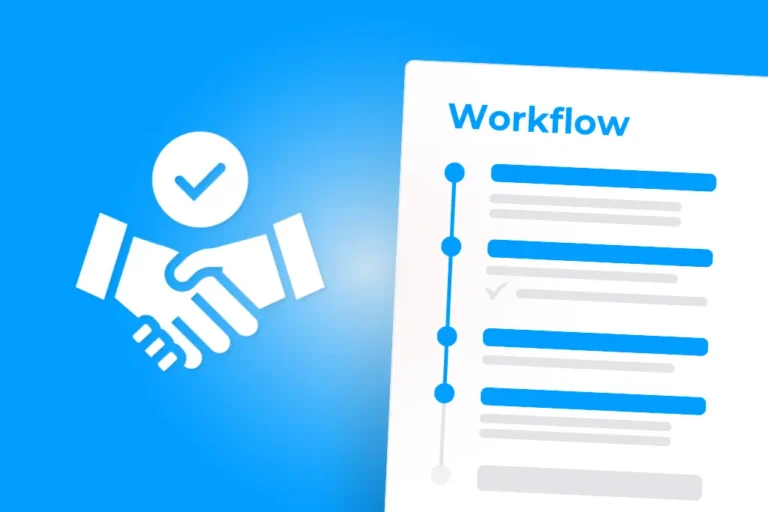In recent years, legal departments have been under increasing pressure to streamline their processes, enhance efficiency, and comply with evolving regulations. The adoption of new digital solutions is critical to meeting these demands. However, the journey to digital transformation is often fraught with challenges. By understanding these common problems, legal teams can navigate digital adoption more effectively and ensure a smoother transition.

3 Common Problems
Here is a breakdown of the three main problems that can significantly slow or even halt digital transformation in legal departments.
1. Conservative Mindset
One of the most significant barriers to adopting new digital solutions in legal departments is a conservative mindset. Legal professionals, known for their meticulous nature and risk-averse approach, often exhibit resistance to change. This reluctance can manifest in various ways, from outright refusal to adopt new technologies to passive resistance, such as underutilizing new tools or clinging to familiar manual processes.
When legal teams are resistant to change, it hampers the overall digital adoption process. For instance, a legal department may invest in a state-of-the-art contract management system, but if the team members are unwilling to fully embrace the new technology, the benefits remain unrealized. This resistance can lead to a lack of engagement, poor user adoption rates, and ultimately, a failed digital transformation initiative.
To overcome this conservative mindset, legal departments need to foster a culture of adaptability and openness to innovation. Leadership plays a crucial role in this transformation. By demonstrating a commitment to digital adoption and highlighting the long-term benefits, leaders can influence their teams to embrace change.
Read also: Digitalizing your Legal Department: Three Questions to Consider Before You Get Started
2. Communication Breakdown
Effective communication is the backbone of any successful digital transformation. In legal departments, where precision and clarity are paramount, any breakdown in communication can have significant repercussions. During the adoption of new solutions, it is crucial to maintain clear and consistent communication to ensure that all team members are on the same page.
Poor communication can lead to confusion, misunderstandings, and misalignment within legal teams. For example, if the objectives and benefits of a new digital tool are not clearly communicated, team members may not understand its value, leading to disengagement and underutilization. Furthermore, lack of communication can result in duplicated efforts, errors, and delays, ultimately compromising the efficiency and effectiveness of the legal department.
To foster understanding and improve communication, legal departments should establish clear communication channels and protocols. Regular meetings, updates, and feedback sessions can keep everyone informed and engaged. Using collaboration tools and platforms can also enhance communication, enabling real-time information sharing and fostering a culture of transparency and collaboration.
3. Technical Challenges
Technical challenges are another common hurdle in the adoption of new digital solutions. Integration issues, such as compatibility with existing systems, data migration, and interoperability, can complicate the transition process. Another significant technical challenge is ensuring that all users are adequately trained to use the new system. Without proper training, team members may struggle to navigate the new tools, leading to inefficiencies and errors.
To mitigate technical challenges, legal departments should adopt a phased rollout approach. This allows for gradual implementation, testing, and troubleshooting, minimizing disruption to daily operations. Comprehensive training programs are also vital for addressing technical complexities during digital transformation. Interactive training sessions, hands-on workshops, and continuous learning opportunities can help team members build confidence and competence in using the new tools.
➡️ This could also interest you: Digitalizing Legal Departments: Tips on Implementing Your Legal Tech
Adopting new digital solutions in legal departments is essential for staying competitive and efficient in today’s fast-paced environment. However, the journey is not without its challenges. By understanding and addressing the common roadblocks—such as a conservative mindset, communication breakdowns, and technical challenges—legal teams can navigate the digital transformation landscape more effectively. Proactively tackling these issues can pave the way for a successful and seamless transition to digital processes.
If your legal department is still relying on traditional practices, now is the time to assess your current processes and start planning your digital transformation. Embrace change, foster open communication, and prepare your team to navigate these challenges and drive your legal department towards greater efficiency, productivity, and success.


